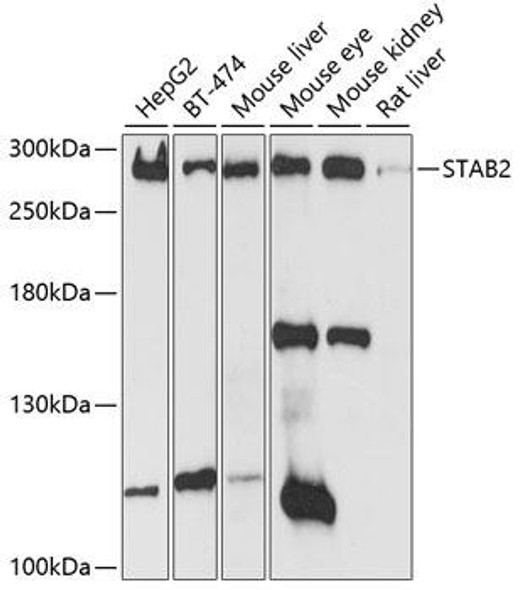| UniProt Protein Function: | RAD21: Cleavable component of the cohesin complex, involved in chromosome cohesion during cell cycle, in DNA repair, and in apoptosis. The cohesin complex is required for the cohesion of sister chromatids after DNA replication. The cohesin complex apparently forms a large proteinaceous ring within which sister chromatids can be trapped. At metaphase-anaphase transition, this protein is cleaved by separase/ESPL1 and dissociates from chromatin, allowing sister chromatids to segregate. The cohesin complex may also play a role in spindle pole assembly during mitosis. Also plays a role in apoptosis, via its cleavage by caspase-3/CASP3 or caspase-7/CASP7 during early steps of apoptosis: the C-terminal 64 kDa cleavage product may act as a nuclear signal to initiate cytoplasmic events involved in the apoptotic pathway. Cohesin complexes are composed of the SMC1 (SMC1A or SMC1B) and SMC3 heterodimer attached via their hinge domain, RAD21 which link them, and one STAG protein (STAG1, STAG2 or STAG3), which interacts with RAD21. Found in a complex with SMC1A, SMC3, CDCA5, PDS5A/APRIN and PDS5B/SCC-112. Interacts with PDS5B and WAPAL; the interaction is direct. Belongs to the rad21 family.Chromosomal Location of Human Ortholog: 8q24Cellular Component: chromatin; chromosome; chromosome, pericentric region; cohesin complex; cytosol; membrane; nucleoplasmMolecular Function: protein bindingBiological Process: apoptosis; cell division; cellular protein metabolic process; chromosome segregation; DNA recombination; double-strand break repair; meiotic recombination; mitosis; mitotic cell cycle; positive regulation of transcription from RNA polymerase II promoter; post-translational protein modification; protein sumoylation; regulation of transcription from RNA polymerase II promoter; transcription from RNA polymerase II promoterDisease: Cornelia De Lange Syndrome 4 |
| UniProt Protein Details: | |
| NCBI Summary: | The protein encoded by this gene is highly similar to the gene product of Schizosaccharomyces pombe rad21, a gene involved in the repair of DNA double-strand breaks, as well as in chromatid cohesion during mitosis. This protein is a nuclear phospho-protein, which becomes hyperphosphorylated in cell cycle M phase. The highly regulated association of this protein with mitotic chromatin specifically at the centromere region suggests its role in sister chromatid cohesion in mitotic cells. [provided by RefSeq, Jul 2008] |
| UniProt Code: | O60216 |
| NCBI GenInfo Identifier: | 25091097 |
| NCBI Gene ID: | 5885 |
| NCBI Accession: | O60216.2 |
| UniProt Secondary Accession: | O60216,Q15001, Q99568, A8K0E0 |
| UniProt Related Accession: | O60216 |
| Molecular Weight: | 71,690 Da |
| NCBI Full Name: | Double-strand-break repair protein rad21 homolog |
| NCBI Synonym Full Names: | RAD21 cohesin complex component |
| NCBI Official Symbol: | RAD21 |
| NCBI Official Synonym Symbols: | HR21; MCD1; NXP1; SCC1; CDLS4; hHR21; HRAD21 |
| NCBI Protein Information: | double-strand-break repair protein rad21 homolog |
| UniProt Protein Name: | Double-strand-break repair protein rad21 homolog |
| UniProt Synonym Protein Names: | Nuclear matrix protein 1; NXP-1; SCC1 homolog |
| Protein Family: | Cofilin |
| UniProt Gene Name: | RAD21 |
| UniProt Entry Name: | RAD21_HUMAN |








